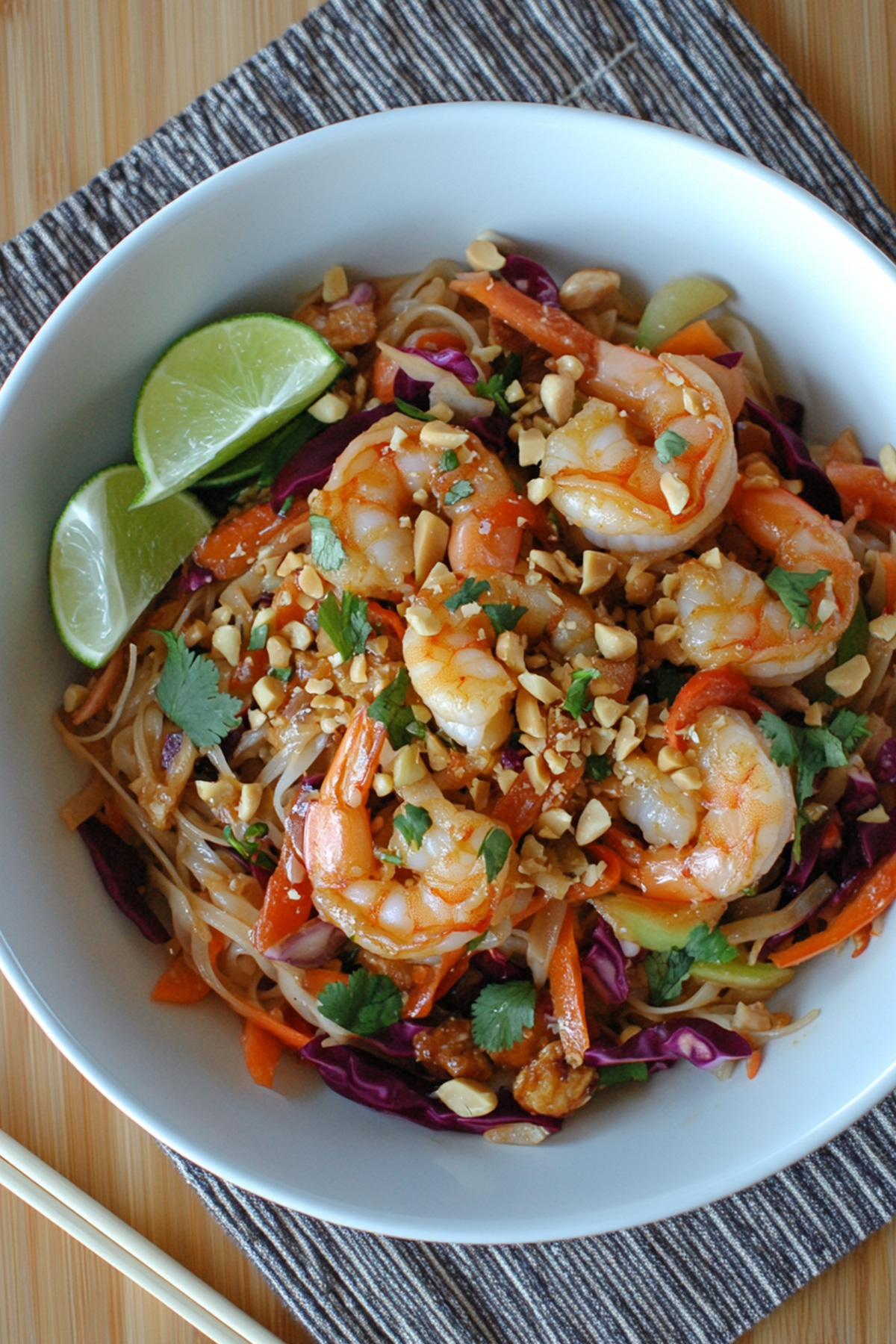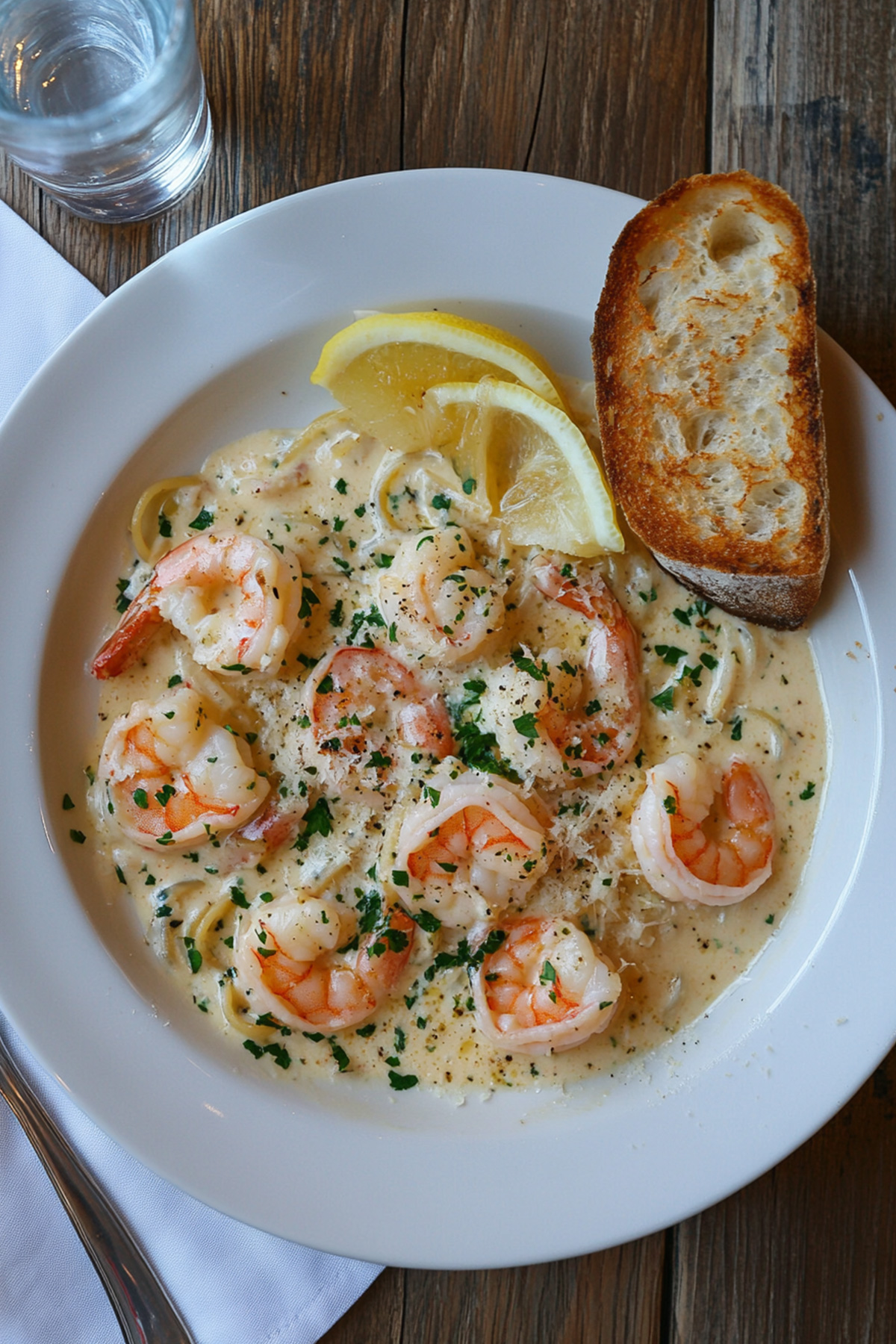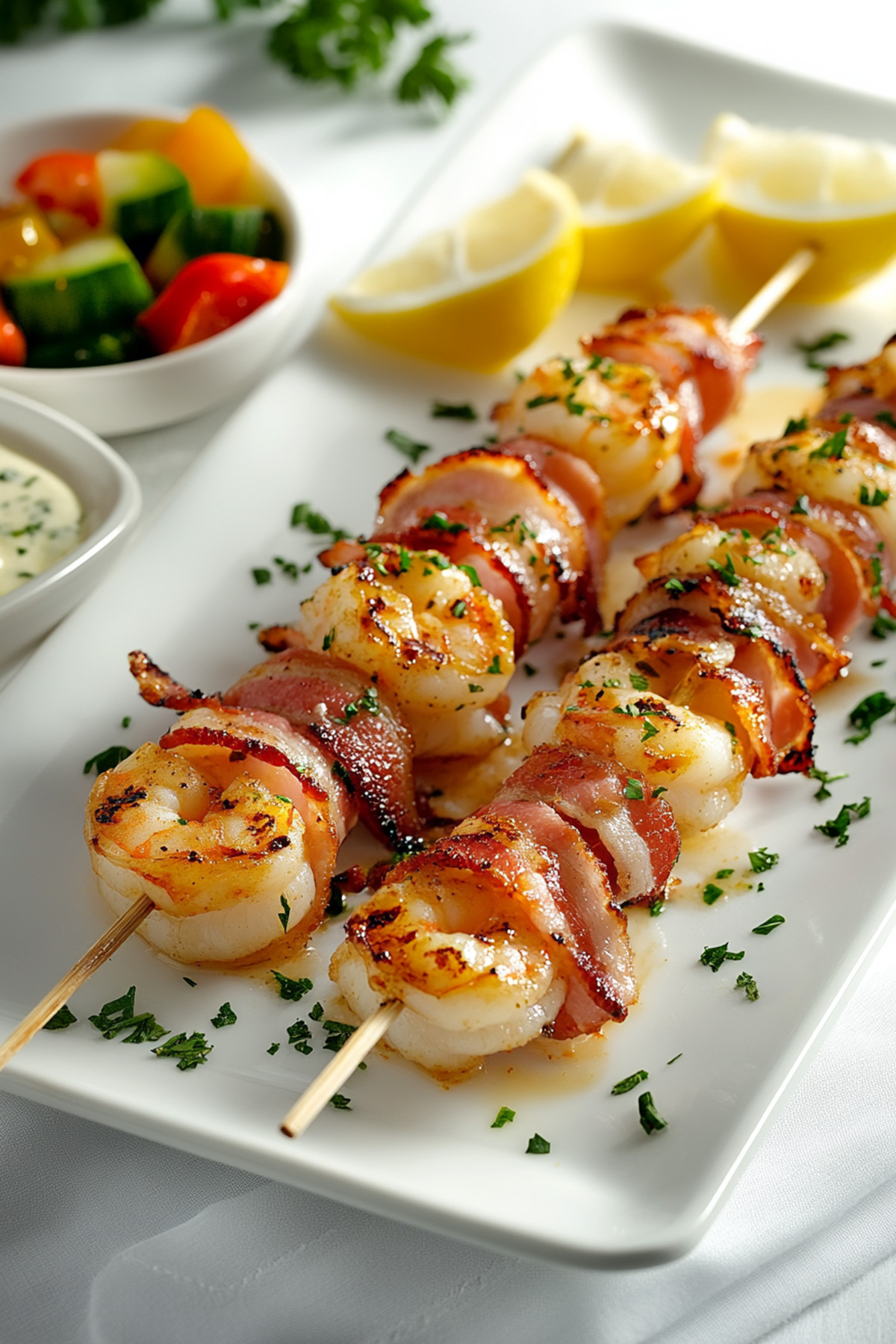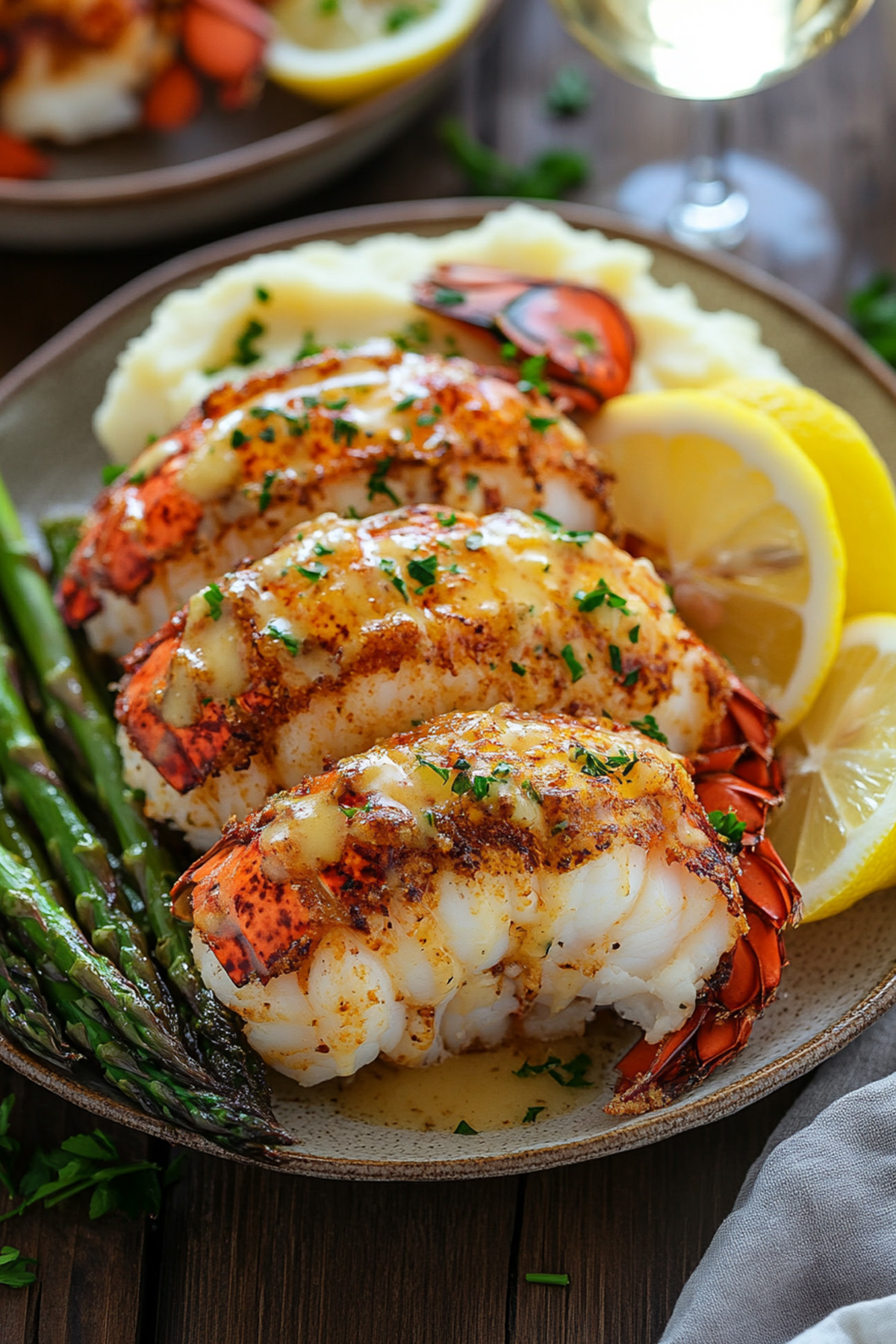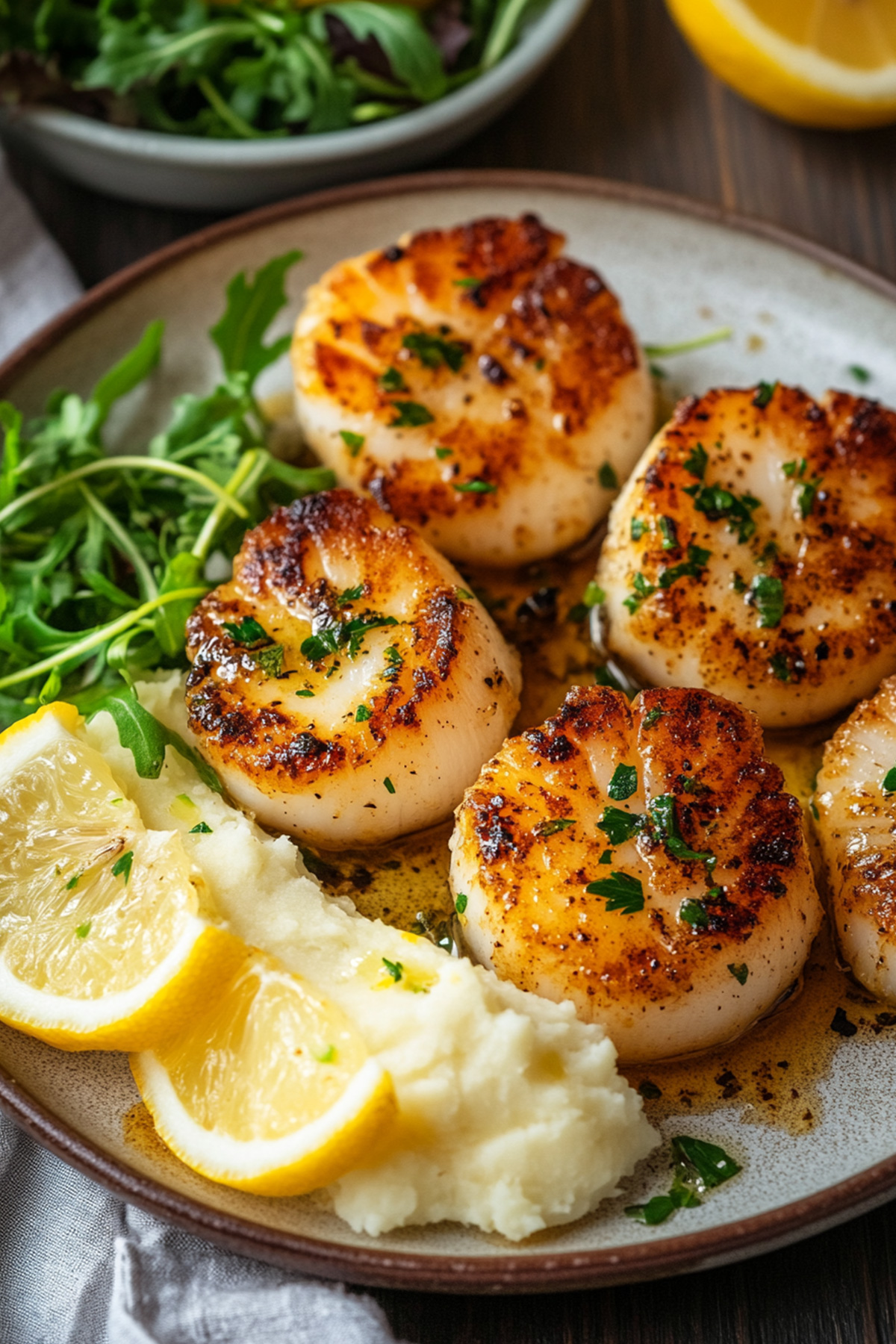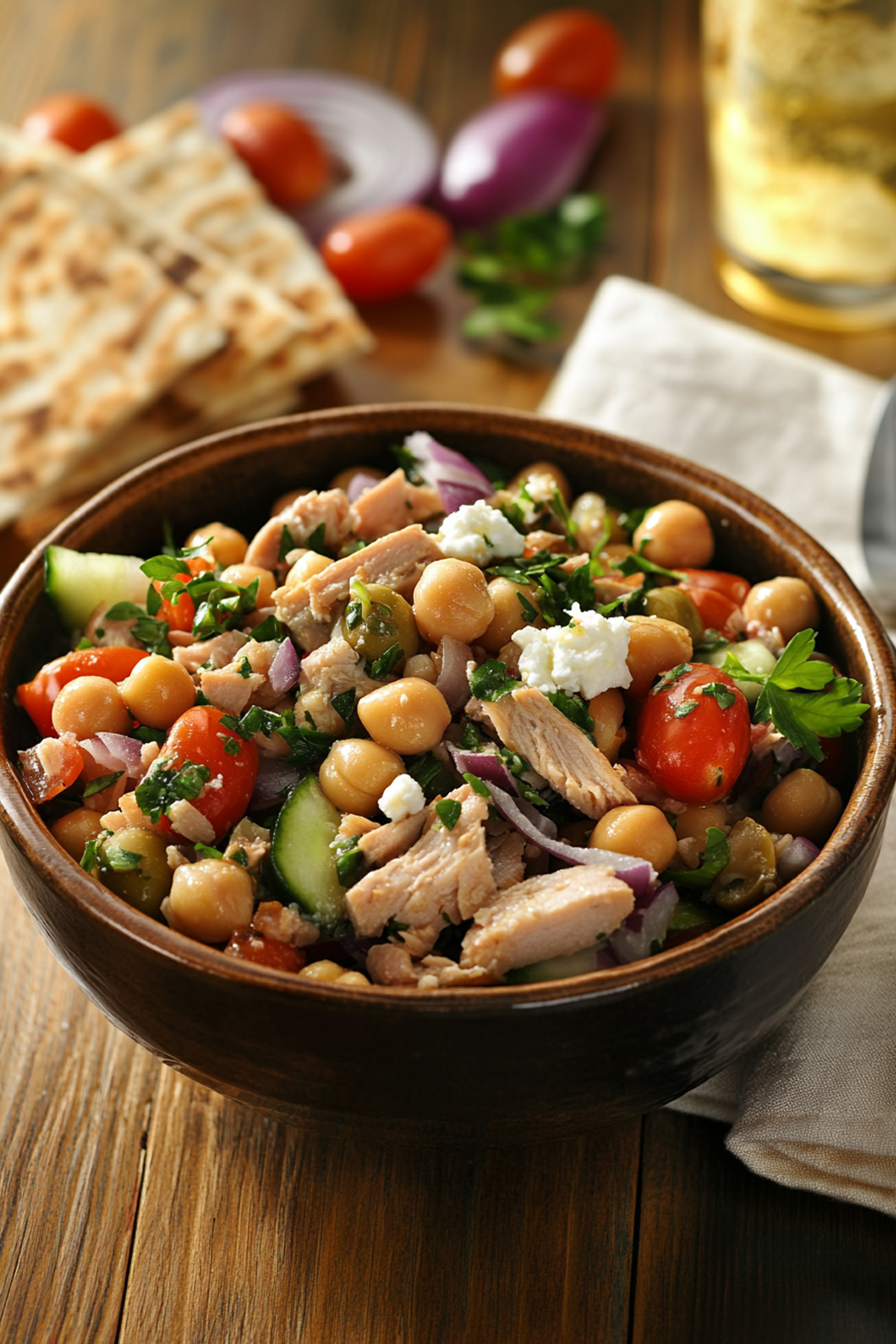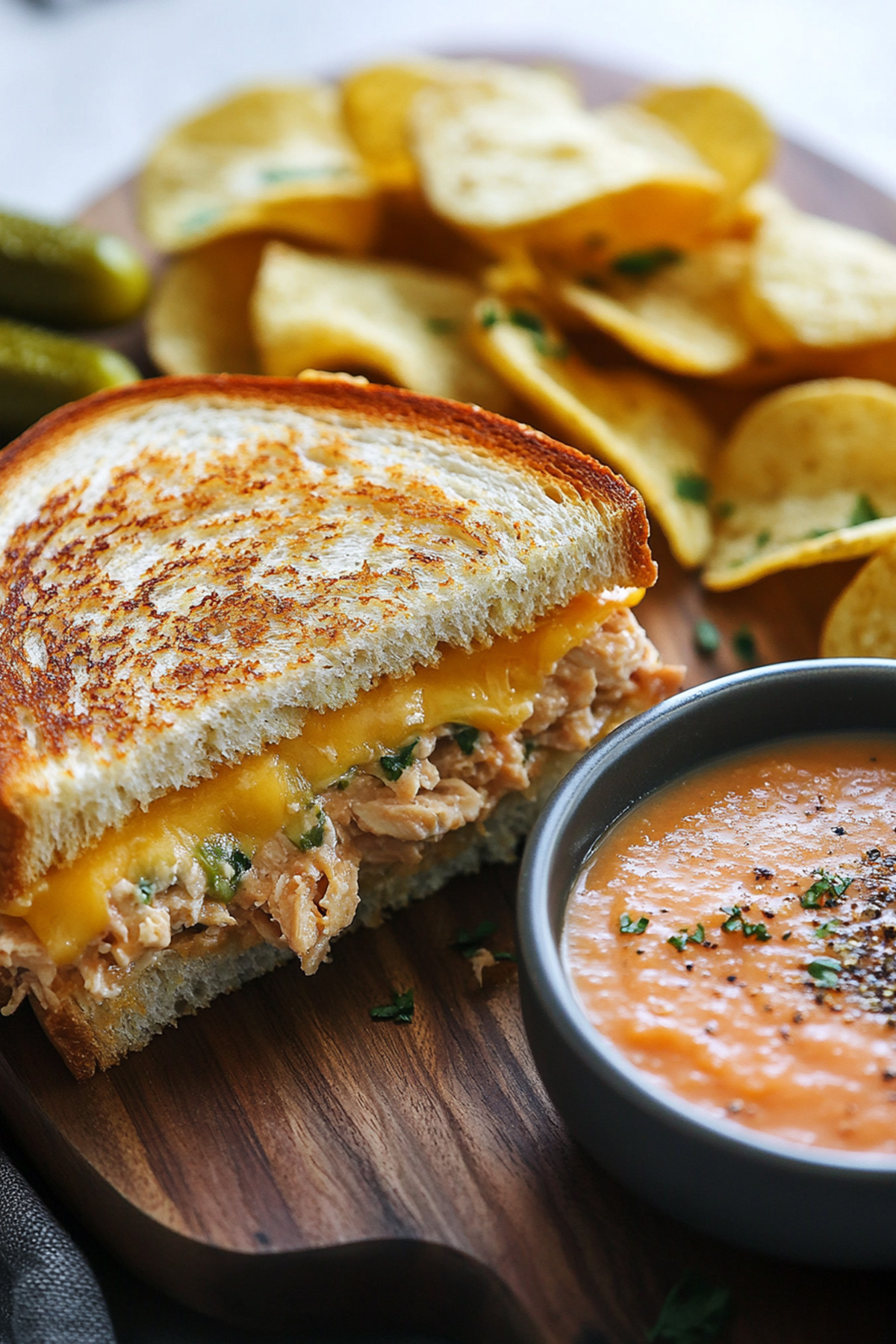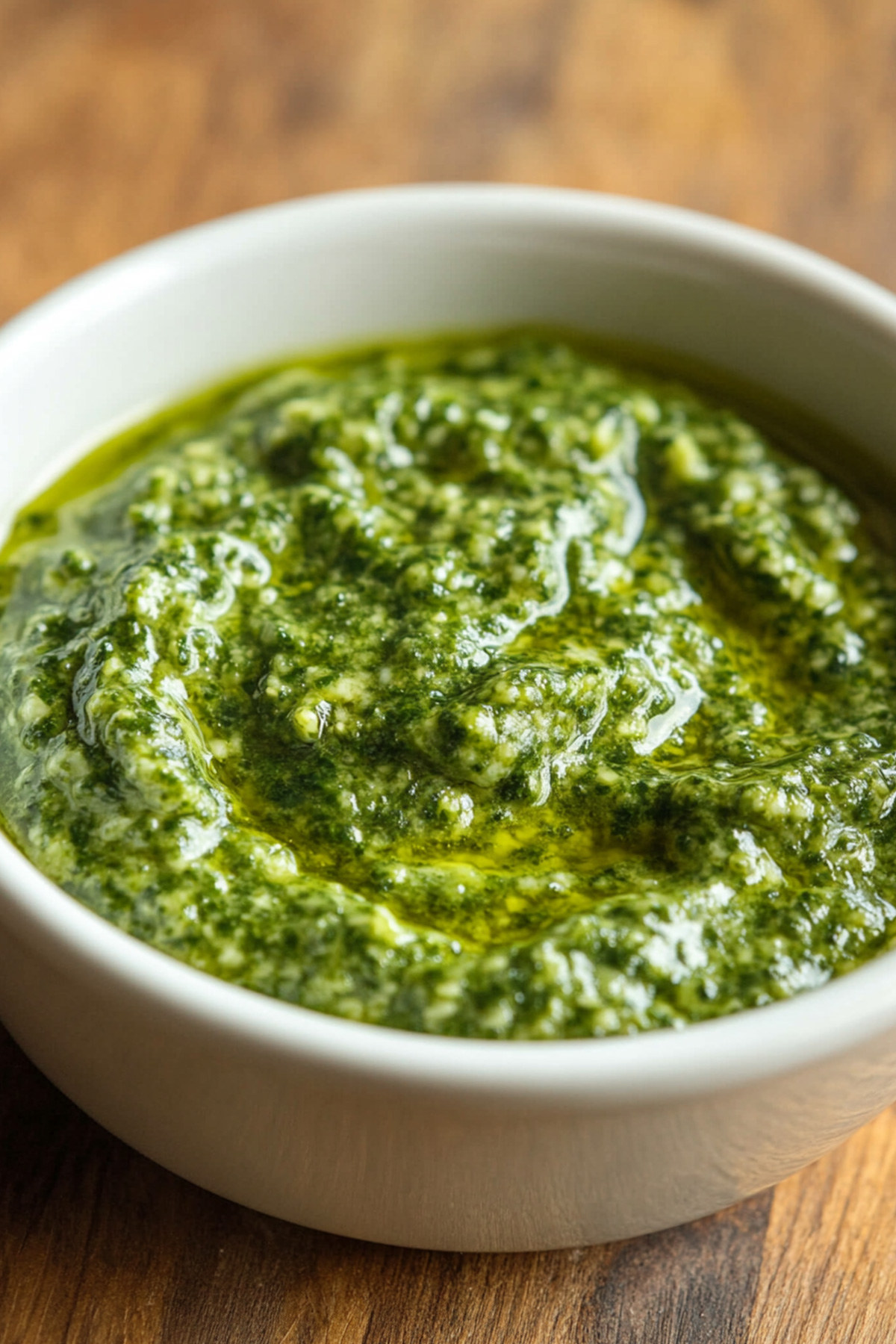Disclosure: As an Amazon Associate and participant in other affiliate programs, we earn from qualifying purchases. We only recommend products we believe will provide value to our readers.
Japanese grilled fish on a stick is a culinary delight that brings the flavors of traditional Japanese cuisine right to your home. This simple yet sophisticated dish, known as Shioyaki, has been enjoyed for centuries in Japan and has gained popularity worldwide. With its crispy skin, tender flesh, and savory taste, grilled fish Japanese-style offers a healthy and delicious meal option that’s surprisingly easy to prepare.
To make fish on a stick at home, one needs just a few key ingredients and basic grilling techniques. This article will guide readers through the process of creating authentic Japanese grilled fish, from selecting the right type of fish to mastering the grilling method. We’ll also explore the cultural significance of Shioyaki, the essential tools needed, and tips to achieve that perfect balance of flavors and textures. By the end, you’ll be ready to impress your family and friends with your own homemade Japanese grilled fish recipe.
Table of Contents
Understanding Shioyaki: Japanese Grilled Fish Tradition
Shioyaki, which translates to “salt-grilled,” is a fundamental cooking method in Japanese cuisine. This simple yet flavorful technique has been a staple in Japanese households for centuries, showcasing the country’s deep appreciation for fresh seafood and minimalist cooking approaches.
History of Shioyaki
The origins of Shioyaki can be traced back to ancient times when preserving fish was crucial for survival. Before the advent of refrigeration, Japanese people developed various methods to extend the shelf life of their catch. Shioyaki emerged as one of these preservation techniques, utilizing salt to cure the fish before grilling it over an open fire.
In the days when raw fish consumption was less common, Shioyaki provided a safe and delicious way to enjoy seafood. The salt not only preserved the fish but also enhanced its natural flavors. Over time, this practical method evolved into a cherished culinary tradition, appreciated for its simplicity and ability to bring out the best in fresh fish.
Cultural Significance
Shioyaki has become an indispensable part of Japanese cuisine, reflecting the country’s close relationship with the sea. Grilled fish is eaten more frequently than meat in Japan, often appearing as a daily dish or in set meals. A typical Japanese meal consisting of rice, miso soup, and grilled fish is considered one of the most conventional and balanced meals in the country.
The cultural importance of Shioyaki is evident in the design of Japanese kitchens. Even today, most stoves in ordinary Japanese households are equipped with a special grill for fish, highlighting the dish’s continued relevance in daily life.
Regional Variations
While the basic concept of Shioyaki remains consistent across Japan, regional variations exist, often based on local fish species and culinary preferences. Some popular fish used for Shioyaki include:
- Pacific saury (sanma): A fatty fish considered a delicacy in autumn
- Mackerel (saba): Often salted before grilling, except in certain coastal prefectures
- Ayu (sweetfish): A river fish with a naturally sweet flavor, popular as a street food
- Sea Bream (tai): Associated with celebrations and commonly enjoyed during New Year’s festivities
The preparation methods can also vary. Some regions prefer to grill the fish whole, leaving the head intact, while others may filet larger fish before grilling. The salting process can range from a quick sprinkle just before grilling to an overnight cure, depending on the type and size of the fish.
In some areas, particularly at festivals and street food markets, shioyaki takes on a more portable form. Fish like ayu are skewered and grilled, creating a convenient and delicious snack that can be enjoyed while walking. These skewered fish are often arranged in a wave-like pattern, mimicking the appearance of swimming fish.
As Japan continues to embrace modern culinary influences, the tradition of shioyaki remains strong, adapting to contemporary tastes while maintaining its essence as a simple, flavorful way to enjoy the bounty of the sea.
History and Cultural Significance of Shioyaki
Shioyaki, the art of salt-grilling fish, has deep roots in Japanese culinary tradition, dating back over a millennium. This simple yet flavorful cooking method emerged during the Heian period (794-1185 AD) when salt was a precious commodity used not only for seasoning but also for preserving food. Coastal communities developed shioyaki as a practical way to prepare their daily catch, using salt to enhance flavor and extend the fish’s shelf life. Over time, this technique spread throughout Japan, becoming a staple in both home cooking and professional kitchens.
The cultural significance of shioyaki extends beyond its culinary appeal. In Shinto, Japan’s indigenous religion, salt is considered a purifying agent. The use of salt in shioyaki thus carries a spiritual dimension, symbolizing the cleansing of the fish and, by extension, the meal itself. This connection to purification rituals has made shioyaki a common offering at shrines and an integral part of ceremonial meals. The dish’s simplicity also aligns with the Japanese aesthetic principle of wabi-sabi, which finds beauty in minimalism and naturalness.
In modern Japan, shioyaki serves as a link to the country’s culinary heritage. As Japan rapidly modernized in the 20th century, this traditional cooking method helped maintain a connection to simpler times. Today, shioyaki is enjoyed across all levels of society, from casual izakayas to high-end ryotei restaurants. Its enduring popularity reflects not only its delicious taste but also its role in preserving Japanese food culture. For many Japanese people, the aroma of grilling salted fish evokes memories of family gatherings and seaside vacations, making shioyaki a dish that nourishes both body and soul.
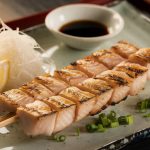
Japanese Grilled Fish on a Stick
- Total Time: 45 minutes
Ingredients
Essential Ingredients
- Mackerel (saba), sea bream (tai), or sweetfish (ayu)
- Salmon or trout (optional alternatives)
- Sea salt (about 2% of the fish’s weight)
- Sake (Japanese rice wine)
Optional Ingredients
- Grated daikon radish
- Lemon wedges
- Soy sauce
Grilling Equipment
- Japanese Fish Grill (yakiami)
- Fish spatula
- Grill pan (cast iron recommended)
- Thin bamboo or metal skewers
- Ceramic grater
Instructions
Step 1: Clean and gut the fish
- Rinse the fish thoroughly under cold water.
- If the fish has scales (e.g., scup or perch), carefully remove them.
- Gut the fish without opening its belly, removing the gills and intestines.
- For delicate fish (e.g., sardines), use chopsticks through the mouth to extract the intestines and gills.
Step 2: Apply salt and seasonings
- Use sea salt, about 2% of the fish’s weight (slightly less than a teaspoon for a 7-ounce fish).
- Sprinkle salt liberally, paying extra attention to the fins and head.
- Let the fish rest for 20 minutes at room temperature to “sweat” and intensify the flavor.
Step 3: Skewer the fish
- Sharpen a skewer (about 25 inches long) and insert it through the eye or mouth.
- Zig-zag the skewer through the fish, alternating sides, and proceed to the tail without puncturing the skin.
Enjoy your crispy, flavorful Shioyaki!
- Prep Time: 30 minutes
- Cook Time: 15 minutes
- Category: Seafood
- Method: Grilling
Mastering the Grilling Technique
To create the perfect Japanese grilled fish on a stick, mastering the grilling technique is crucial. This section will guide readers through the essential steps to achieve that authentic, delicious result.
Controlling Grill Temperature
When grilling fish, maintaining the right temperature is key. For Japanese grilled fish on a stick, a medium to high heat of around 400-450 degrees Fahrenheit is ideal. Preheating the grill is essential, as it helps prevent the fish from sticking to the grates and allows for better control over cooking time.
For those using a charcoal grill, build a large fire initially and let it burn down to hot coals. This method ensures a consistent heat source for cooking the fish. If using a gas grill, set it to medium-high heat. For pellet grills, a temperature of 400°F is recommended.
Timing and Flipping Methods
Timing is crucial when grilling fish. As a general rule, allow 8-10 minutes of grill time per inch of fish thickness. However, it’s important to note that fish cooks quickly, often in just 10-15 minutes total. To achieve the best results, start by placing the fish skin-side down on the grill. This technique ensures a crispy skin and helps prevent the fish from falling apart.
When it comes to flipping, less is more. Ideally, only flip your fish once during the grilling process. This minimizes the chances of the fish breaking apart and helps maintain its texture. When it’s time to flip, use a thin, flexible fish spatula to gently turn the fish. If the fish resists, it may need a bit more time before flipping.
Achieving the Perfect Crispy Skin
Crispy skin is a hallmark of well-prepared Japanese grilled fish on a stick. To achieve this, ensure the fish skin is dry before grilling. Pat the fish dry with paper towels and let it sit at room temperature for 5-10 minutes before cooking. This step helps remove excess moisture, which is essential for achieving that desired crispiness.
Another technique to enhance crispiness is to score the skin lightly before grilling. Using a sharp knife, make shallow cuts in the skin, being careful not to cut into the flesh. This method helps prevent the skin from curling and promotes even cooking.
Lastly, resist the urge to move the fish around too much while it’s on the grill. Allowing the fish to cook undisturbed helps create that perfect crispy exterior. Remember to always grill with the lid down to trap heat and create a more even cooking environment.
By mastering these techniques, you’ll be well on your way to creating delicious Japanese grilled fish on a stick at home, complete with that coveted crispy skin and perfectly cooked, flaky flesh.
You may like also: Crispy Fish Fingers Recipe
Health Benefits of Shioyaki
Shioyaki, a traditional Japanese method of grilling fish with salt, offers numerous health benefits. This simple preparation technique preserves the natural nutrients of the fish while enhancing its flavor. Fish prepared shioyaki-style is an excellent source of high-quality protein, essential for muscle maintenance and growth. It’s also rich in omega-3 fatty acids, particularly EPA and DHA, which are crucial for brain function, heart health, and reducing inflammation in the body.
The cooking method used in shioyaki is inherently healthy. Grilling the fish allows excess fat to drip away, resulting in a leaner dish compared to fried alternatives. The minimal use of salt as seasoning helps to bring out the fish’s natural flavors without adding excessive sodium, making it a heart-healthy option. Moreover, this cooking technique retains most of the fish’s vitamins and minerals, including vitamin D, vitamin B12, and selenium, all of which play vital roles in maintaining overall health.
Shioyaki can be prepared using various types of fish, each offering its own nutritional profile. For instance, salmon shioyaki provides a hefty dose of vitamin D and astaxanthin, a powerful antioxidant. Mackerel shioyaki is particularly rich in omega-3 fatty acids and vitamin B12. The versatility of this cooking method allows for a diverse intake of nutrients, supporting a balanced diet. Additionally, as a low-carb, high-protein dish, shioyaki can be an excellent choice for those managing their weight or following specific dietary plans.
[source]
Conclusion
Creating authentic Japanese grilled fish on a stick at home has an impact on both culinary skills and cultural appreciation. This traditional dish, known as shioyaki, offers a delightful blend of simplicity and flavor, making it an ideal choice for those looking to explore Japanese cuisine. By mastering the techniques of selecting the right fish, applying salt properly, and grilling to perfection, home cooks can bring a taste of Japan to their own kitchens.
The art of shioyaki goes beyond just cooking; it’s a window into Japanese culinary traditions and values. From the careful selection of fresh ingredients to the precise grilling methods, every step reflects the Japanese approach to food preparation. As more people try their hand at making Japanese grilled fish on a stick, they not only enjoy a delicious meal but also gain insights into a rich culinary heritage. This simple yet sophisticated dish serves as a gateway to further explore and appreciate the diverse world of Japanese cuisine.





